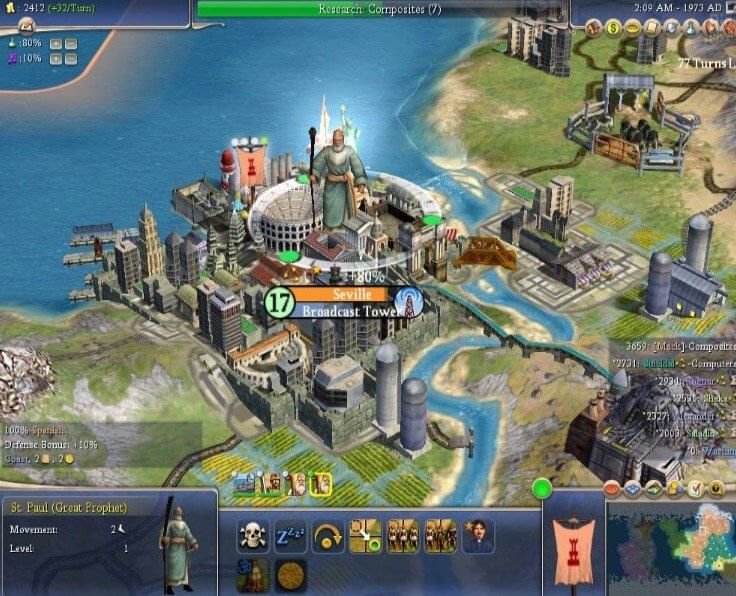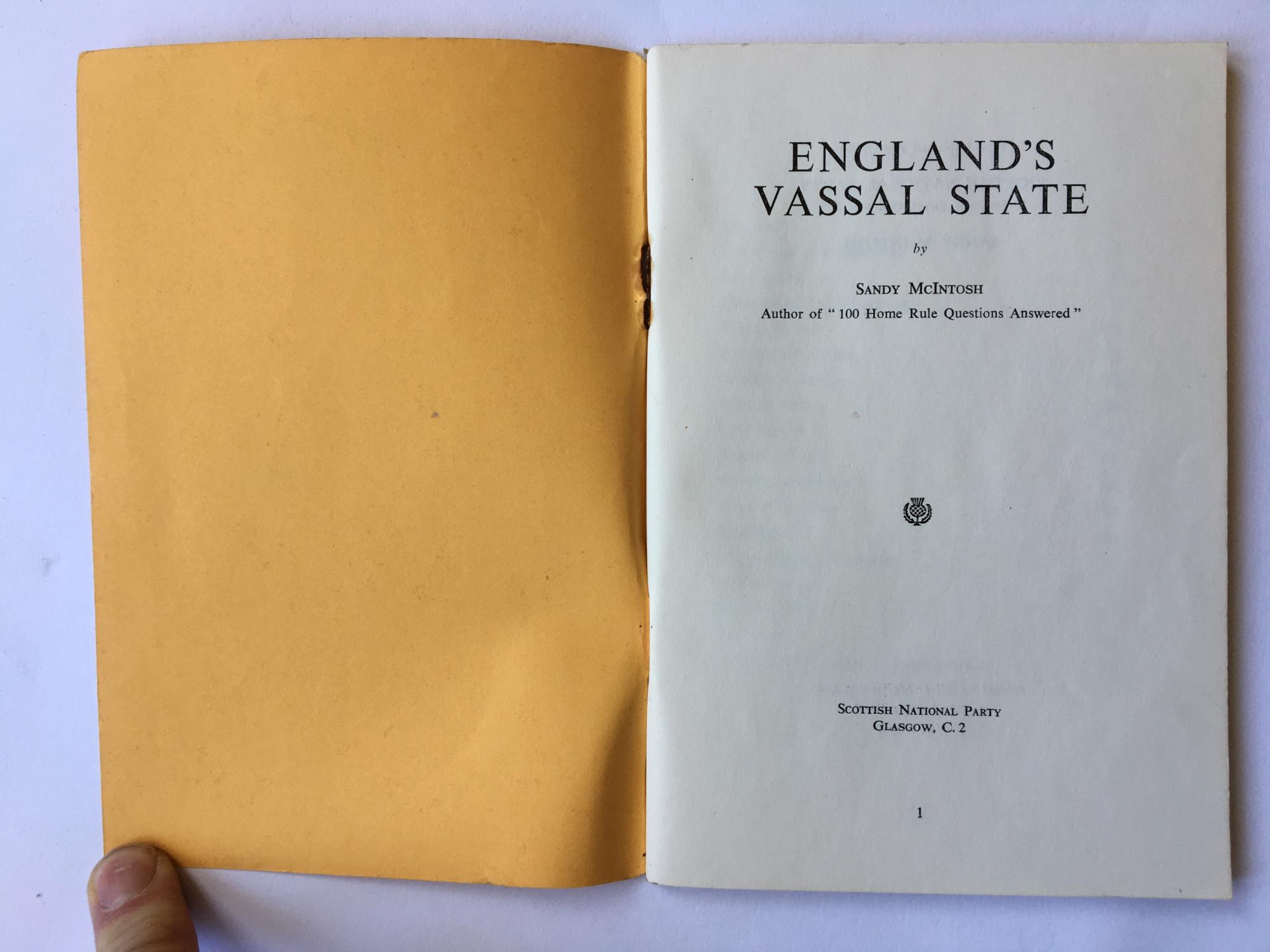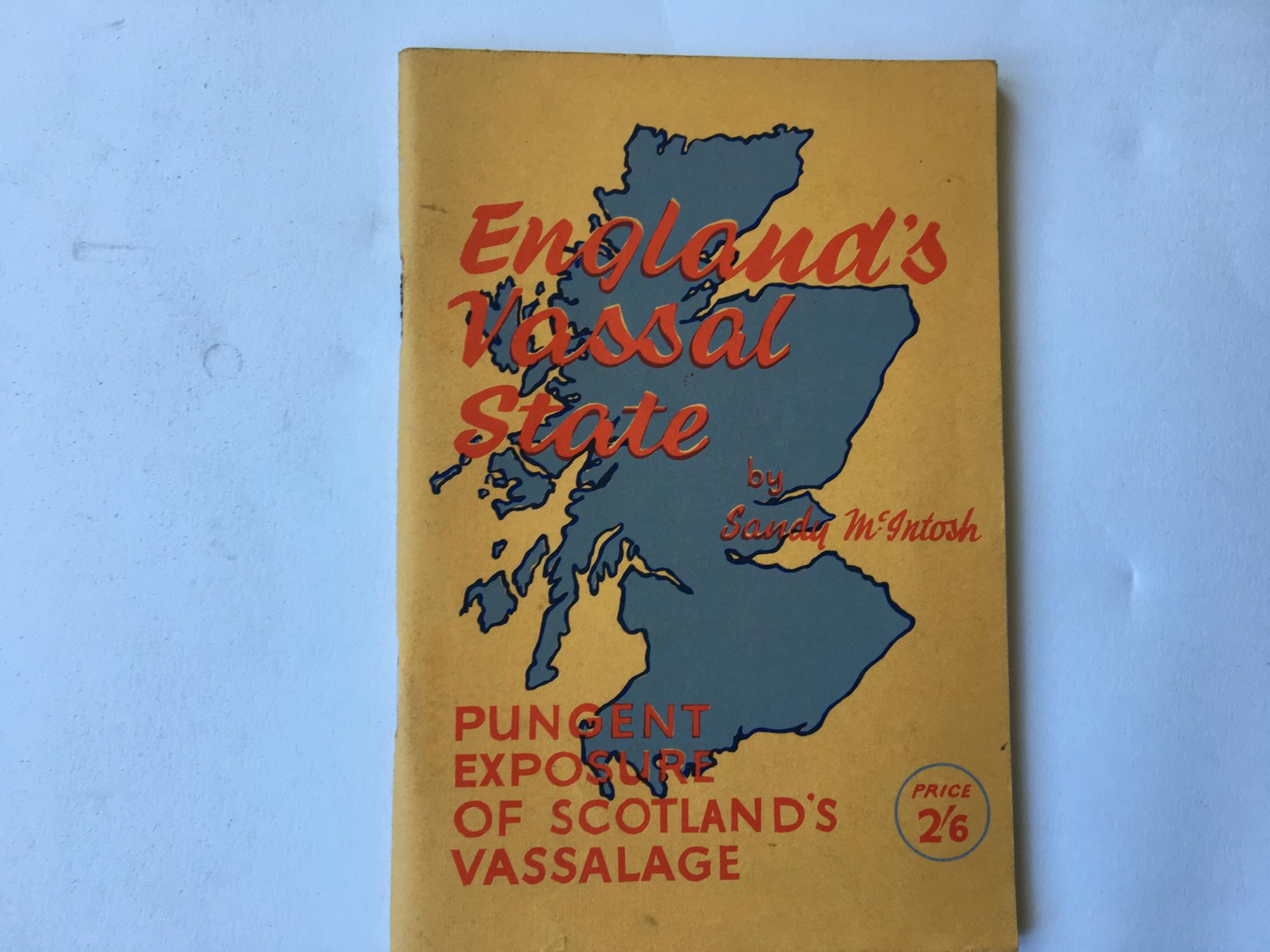

This was intended to be tested in Alpha-1. Neighboring/Adjacent nodes from Expedition ( stage 1) upward block the growth of their immediate neighbors.Vassal nodes must remain at least one node stage below their parent node.These taxes cannot be taken by the mayor or other players. Regent nodes collect taxes from their vassal nodes.Vassal nodes can extend across seas, and also include islands.You get to adopt some of the benefits that the node type of your sovereign is, even if your node type as a vassal node isn't the same.

It brings many benefits from the Sovereign, which is the ultimate parent of that vassal network down to the vassal node itself and it allows that vassal node to even live outside of its normal mechanics. It is not a bad thing to be vasseled, it is a good thing to be vasseled.

A Village ( stage 3) can control an Encampment ( stage 2) or an Expedition ( stage 1). A City ( stage 5) can control one Town ( stage 4) and one Village ( stage 3) node. A Metropolis ( stage 6) can control up to two City ( stage 5) nodes.Village (stage 3) or higher nodes enslave nearby nodes, converting them into vassal nodes. From a territory perspective it has ancillary nodes to play with and expand towards that redistricts the map, so that if a metropolis falls there's a significant difference in the layout of the world and the layout of these almost nation-like territories.

It doesn't mean that one of the fives is just going to pick up where the last six left off and form the same exact metropolis structure. So if you had maximum five metropolises form in a world, you will have a number about 20 nodes that can live alongside those metropolis networks and when or if a metropolis falls, that extra cushion of nodes around the five metropolis structures allows for the map to be redistricted in a way that is unique. And what this also allows is that because there are 85 nodes that are within the world, we have a buffer zone of about 20 nodes that lives in a max server state. Those vassals don't exist between three and X, but they do exist between four and three, five and four, and six and five. So that's an important distinction between the three's vassals, which technically isn't really a vassal relationship because there's no citizenships possible. Now if the three gets removed through siege, the one or the two is removed as well. This vassal mode structure tells you what it looks like for a sovereign at a level six metropolis stage and what it can control at a maximum vassal network is two level five nodes, of which a level five node can control one level four and one level three as direct vassals and then the four can control a three and every three can control a one or a two.


 0 kommentar(er)
0 kommentar(er)
